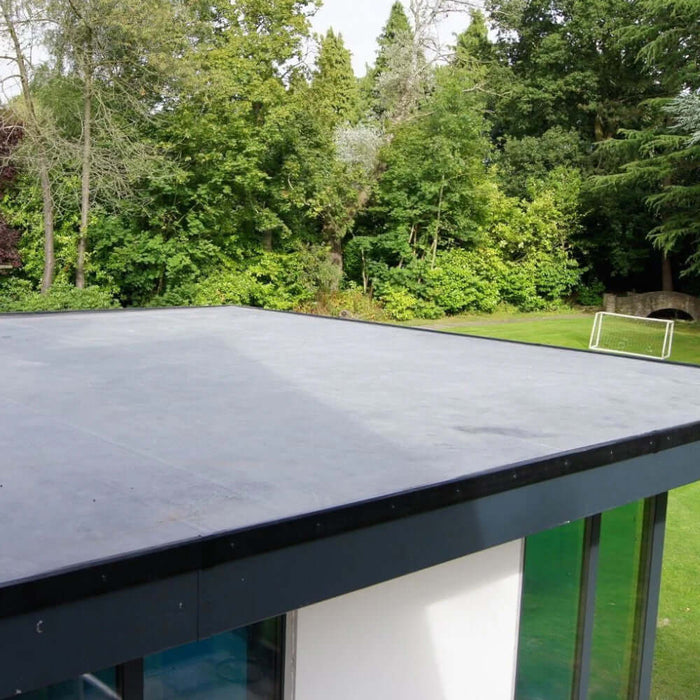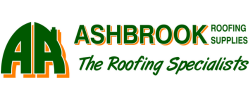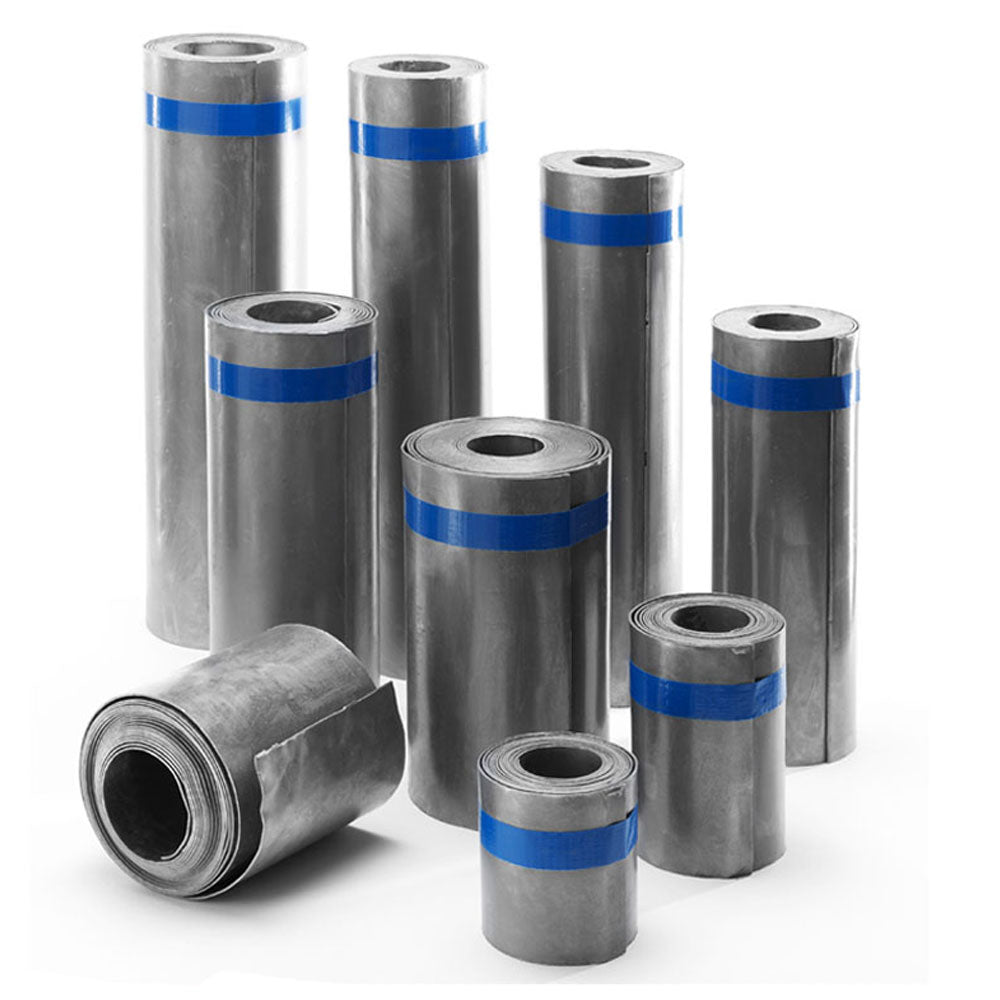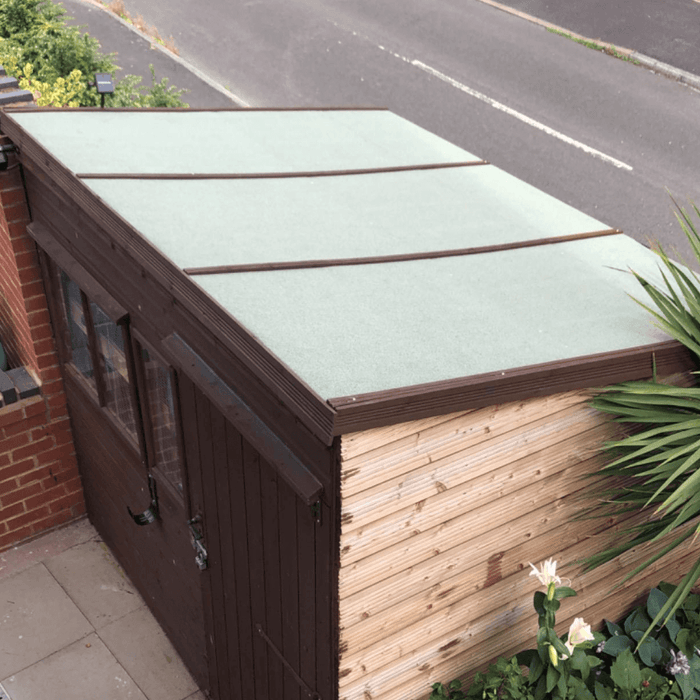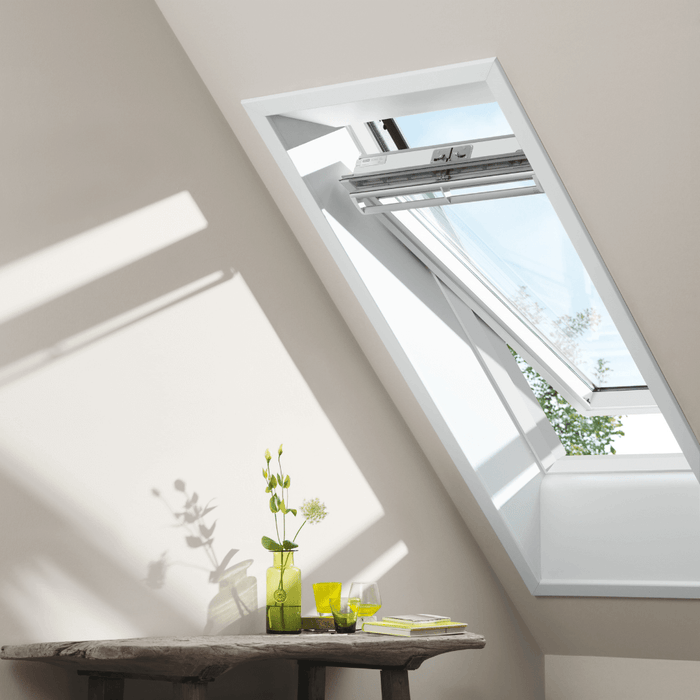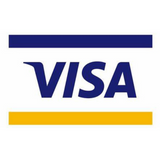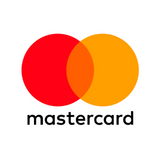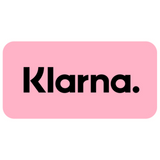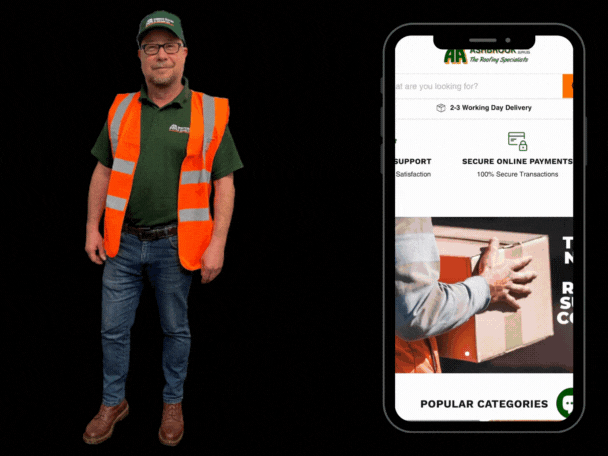As can be seen in our previous blog understanding roof flashing, lead has been used for millennia due to its capacity to provide a high degree of durability, coupled with malleability, strength and ease of fitting.
The jargon that surrounds it can confuse even the most experienced. Here’s our quick guide to understanding lead flashing:
Lead Rolls, Lead Flashing, Roofing Lead, Lead Sheet all describe one and the same thing.
Lead Codes:
Lead is Manufactured to specific industry-wide thicknesses or lead codes. The higher the code, the thicker your lead sheet will be. (The number next to the code actually describes the weight per square foot).
Code 3 Lead, Code 4 Lead and Code 5 Lead are the most commonly used and found on many roofs. Code 6, 7 and 8 are typically used for high specification, ornate or flat roofs.
The Different Codes of Lead & Their General Usage:
Lead Sizes:
Lead flashing is typically manufactured in rolls of either 3 meters or 6 meters in length. Treasure your roofing supplies merchants who will cut these rolls at different lengths for you!
Different types of roofing work call for different widths (from 100mm to 1.6m!) The most common widths of lead sheet used are 150mm, 240mm, 300mm and 600mm.
Fixing Lead Flashing:
Lead is cut using lead snips, folded into place, or beaten using lead bossing stick and lead beaters.
The lead is fixed into place using Hall Clips or Fixings Clips, and/or Lead Sealant / Lead Mastic. Nails are sometimes used (but carefully to enable the sheet to expand and contract without buckling).
After installation, the lead must be protected with Lead Patination Oil. Without this, the lead will quickly react to rain or moisture in the air and go white. This process is called carbonation and will cause staining of both the lead and surrounding brickwork or tiles.
Other Uses For Roofing Lead:
Lead is also used to make lead slates (used where the boiler pipe sticks out of your roof), lead roses & lead dots (both used for fixing lead to a roof, but also used as a form of decoration).
Aftercare:
Lead can be cleaned using Lead Cleaner and Lead Restorer. Patination oil should be applied afterwards. Never use a pressure washer or abrasives such as wire wool or wire brushes.
Lead Alternatives exist. Their primary advantages are that they offer no value to thieves (so reduce the likelihood of theft). In addition, they are lightweight, easy to install and are non-toxic. This makes alternatives to lead flashing very popular, especially to those who are harvesting their rainwater for secondary purposes like watering their vegetable patch or diverting the rain into fish ponds.
More Information About Roof Flashing
Questions about Lead Flashing?
If you should have any questions about the lead flashing that we stock please get in touch. Our expert team with help you to find the right product for your job.
